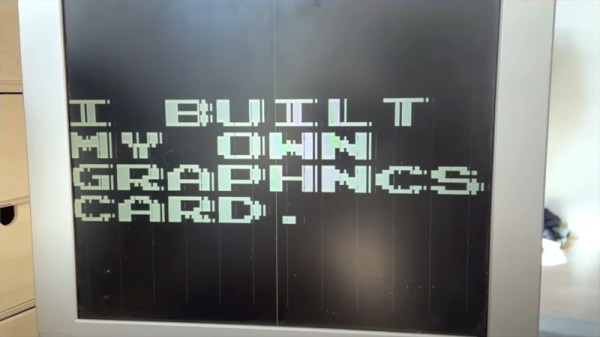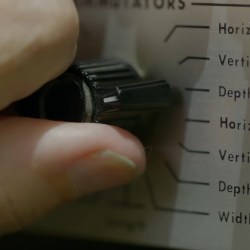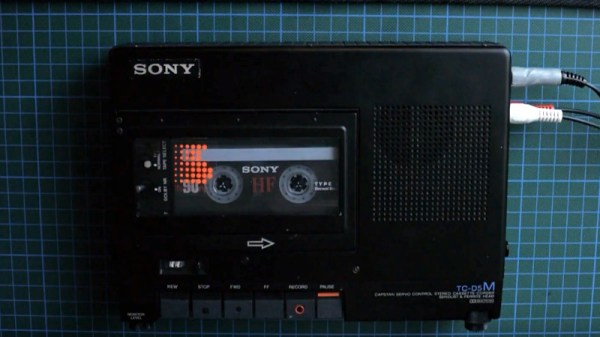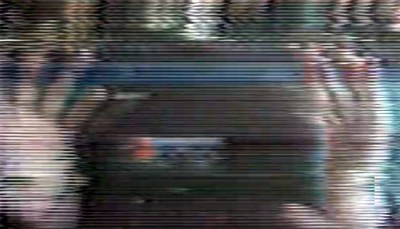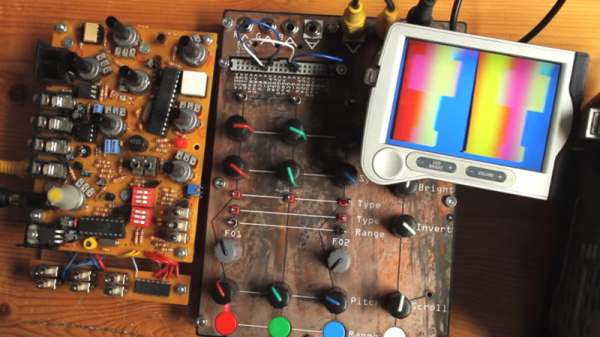We’re used to computers with display screens, yet how many of us have created the circuitry to drive one directly? Sure, we’ve coded up an SPI display driver on a microcontroller, but create the hardware to generate a usable video signal? That’s a little more difficult. [Jdh] has given it a go though, with a TTL video card.
In this case it’s not a card so much as a collection of breadboards, but all the logic is there to generate the complex array of video timings necessary for synchronisation, and to output the bits sequentially at the right voltage levels for the analogue monitor. It’s worth pointing out though that it’s not a composite video signal that’s being created sinceit’s monochrome only with no subcarrier.
In the end he encounters the problem that his ROM isn’t fast enough for the pixel rate and thus the image has artefacts, but it does at least produce a recognisable and readable something on the screen. Old hands in the video business might point out that analogue TVs were a bit forgiving when it came to exact timings and line counts so the circuit could quite possibly be simplified, and also that trading away some of the resolution might fix the ROM speed issue. But it’s an impressive piece of work, and should be of particular interest for anyone interested in how video works.
Fans of video cards on breadboards should also check out [Ben Eater’s] 7400-series video card.

